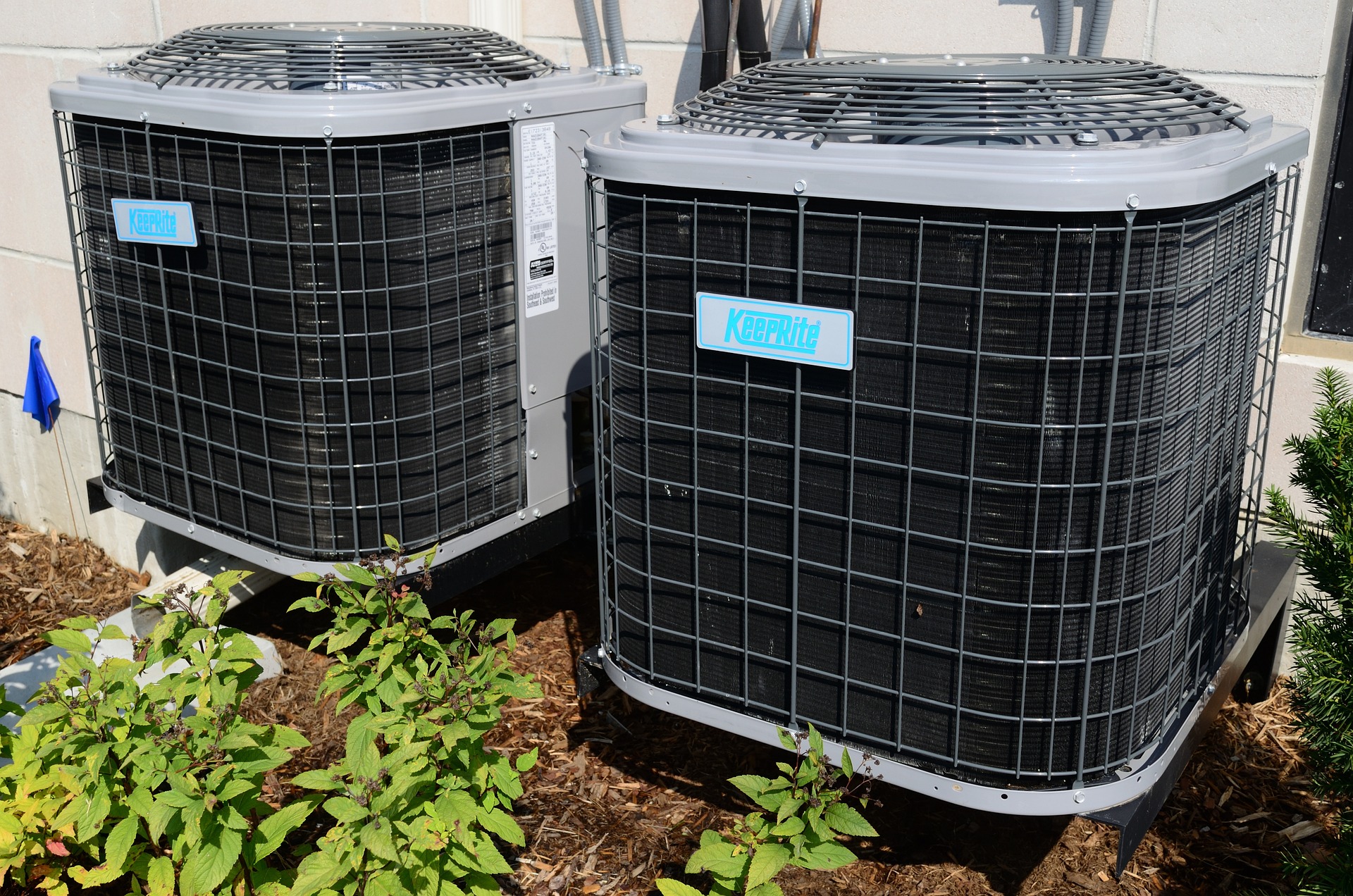HVAC Explained: Essential Guide to Heating & Cooling
Learn how HVAC systems deliver year-round comfort and healthy indoor air. This in-depth guide covers system types, installation essentials, routine maintenance, and how heating and cooling cycles work. Packed with practical tips on sizing, efficiency, and costs, it helps homeowners and property managers make smarter HVAC decisions.

Modern indoor comfort depends on reliable heating, ventilation, and air conditioning systems. Whether you manage a home or a commercial property, understanding how HVAC works—what goes into a professional installation, how technicians maintain equipment, and what different system types cost—empowers you to choose, operate, and care for your system more effectively.
Key Elements of Professional HVAC Installation
A successful HVAC installation starts with a careful evaluation of the building and its needs. Technicians perform a load calculation to determine how much heating and cooling capacity the structure requires, taking into account square footage, insulation levels, window placement, occupancy, and local climate. Selecting the right-sized equipment is crucial: an oversized unit can short-cycle and waste energy, while an undersized one will struggle to maintain comfort.
Ductwork design and layout are equally important for systems that rely on ducts. Properly sized and sealed ducts ensure balanced airflow, prevent energy loss, and reduce noise. For refrigerant-based systems, accurate refrigerant charging is essential; incorrect levels impair efficiency and can damage the compressor. Electrical wiring and safety interlocks must be installed to code, and final system commissioning—testing controls, airflow, temperature differentials, and safety features—verifies that the installation meets performance expectations.
The Role of HVAC Technicians in System Care
Licensed HVAC technicians provide more than just repairs. Regular preventive maintenance preserves system efficiency and prolongs equipment life. Common service tasks include inspecting and replacing air filters, checking refrigerant pressure and leak indicators, testing electrical connections and capacitors, cleaning coils and drain pans, and verifying thermostat operation. Technicians also assess airflow, inspect blower motors and belts, and look for signs of wear or corrosion.
Routine tune-ups reduce the risk of unexpected failures and can improve energy use by ensuring components run as designed. For commercial systems, technicians often follow a maintenance schedule customized to the building’s occupancy and usage patterns. Proper documentation of service visits helps owners plan replacements and budget for upgrades.
How Heating and Cooling Cycles Operate
Heating and cooling achieve the same objective—maintaining a comfortable indoor temperature—but they rely on different mechanisms. Furnaces and boilers generate heat directly: furnaces combust natural gas, propane, or oil to warm air that is distributed through ducts, while boilers heat water that circulates through radiators or radiant floors. Electric resistance systems convert electricity into heat, and heat pumps move heat rather than generate it, working efficiently in many climates.
Cooling systems use the refrigeration cycle to remove heat from indoor air. A compressor circulates refrigerant through an evaporator coil indoors where it absorbs heat; the refrigerant then moves outdoors to a condenser coil where it releases that heat. Fans and ductwork circulate cooled air throughout the space. Understanding the role of refrigerant, compressor, coils, and airflow helps homeowners identify simple issues—like dirty filters or blocked vents—that commonly reduce comfort and efficiency.
Common HVAC System Types and Typical Costs
| System Type | Average Cost Range | Key Features |
|---|---|---|
| Split System | $3,000 - $7,500 | Separate indoor air handler and outdoor condenser; common for homes |
| Packaged Unit | $3,500 - $8,000 | All components in one outdoor cabinet; good for limited indoor space |
| Heat Pump | $4,000 - $7,500 | Provides both heating and cooling via refrigerant transfer; energy efficient |
| Ductless Mini-Split | $3,000 - $9,000 | No ductwork; offers zoning and flexible installation |
Prices, rates, or cost estimates mentioned in this article are based on the latest available information but may change over time. Independent research is advised before making financial decisions.
Choosing, Operating, and Maintaining the Right System
Selecting the best HVAC solution requires weighing upfront cost, long-term efficiency, space constraints, and comfort needs. Energy-efficient models and properly sized equipment typically cost more initially but save money through lower utility bills and fewer repairs. For older systems, consider whether repairs or a full replacement offer better value.
Once a system is installed, keep it running well with seasonal checks: inspect filters monthly during heavy use and replace them as needed, schedule professional maintenance annually or biannually, and keep outdoor units free of debris and vegetation. Simple habits—programming thermostats sensibly, sealing drafts, and maintaining consistent temperatures—enhance comfort and reduce wear on equipment.
Hiring qualified, licensed HVAC professionals ensures that installations meet building codes and that maintenance is performed safely and effectively. Ask potential contractors for references, proof of certification, and a clear estimate that outlines labor, parts, and warranty details.
Understanding the components, cycles, and care requirements of HVAC systems helps property owners make informed choices about installation and maintenance. With the right equipment, proper installation, and regular service, an HVAC system can deliver efficient, reliable comfort for years to come.






